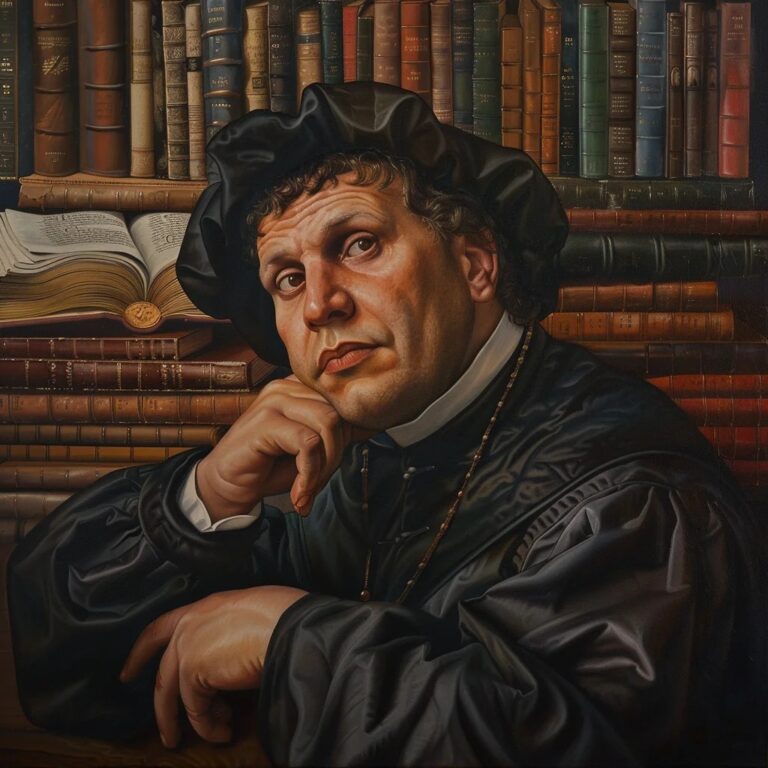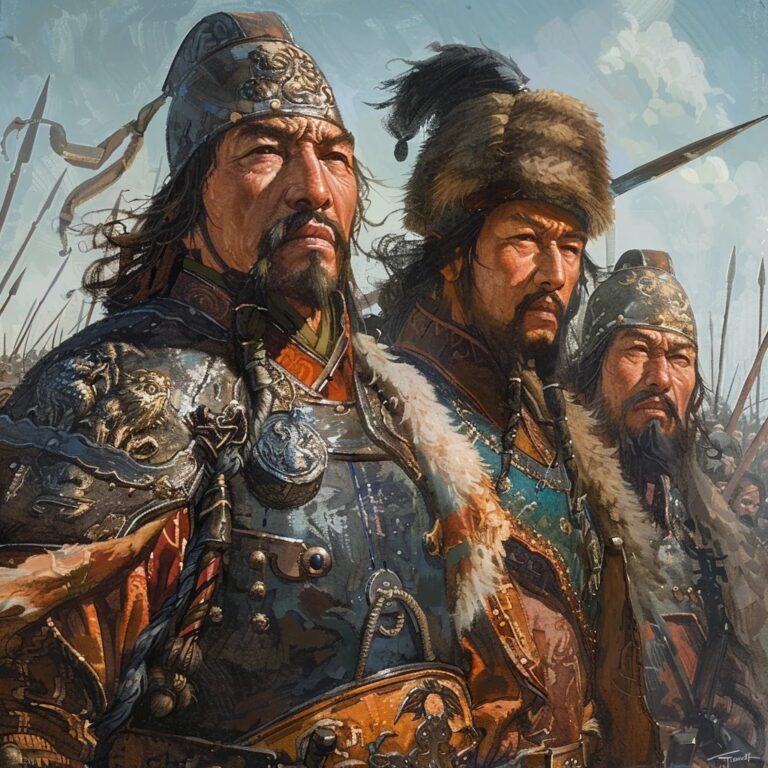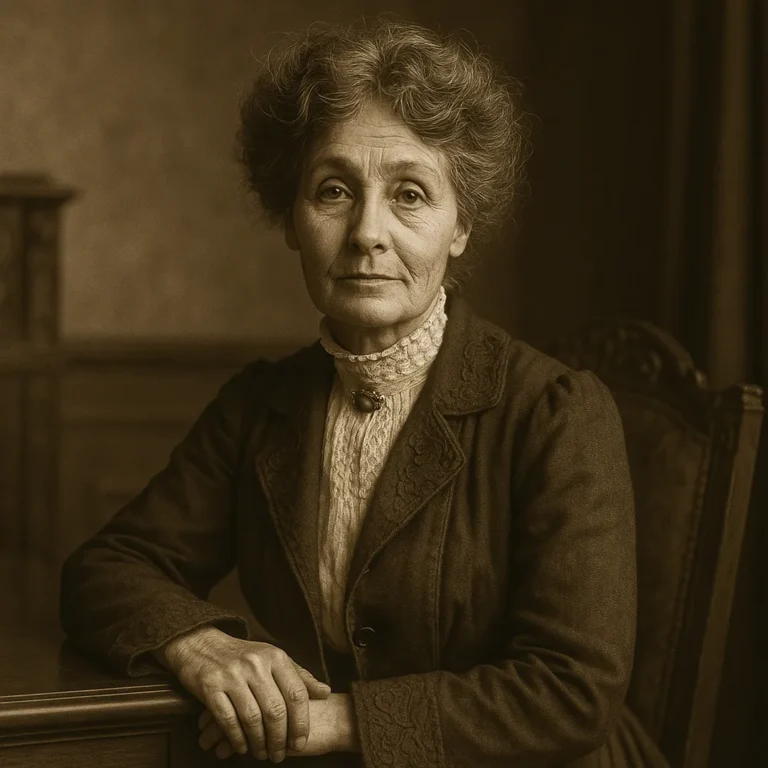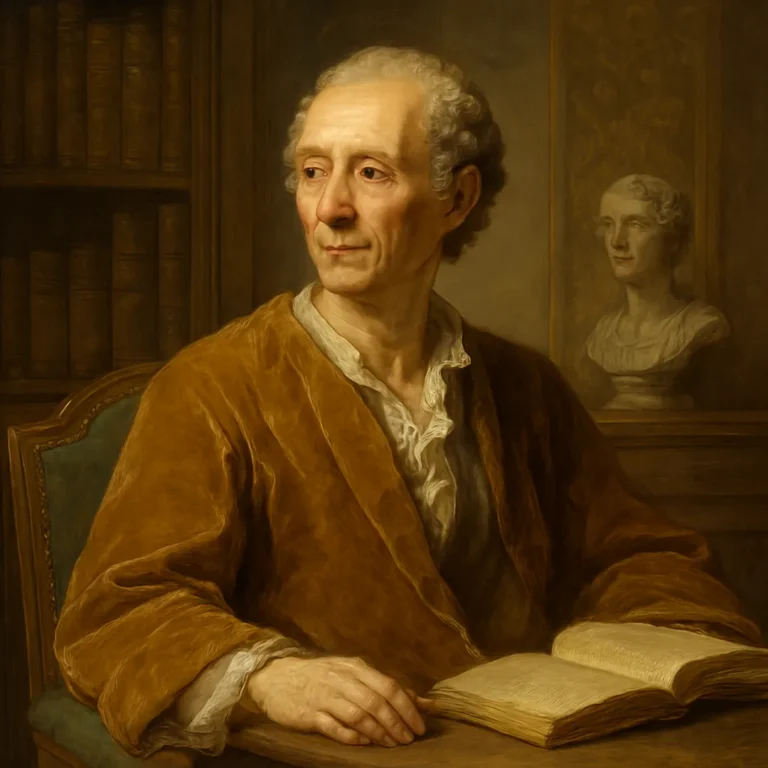Martin Luther was born on November 10, 1483, in Eisleben, Germany.
He is famous for his Ninety-Five Theses, which he nailed to the door of the Wittenberg Castle Church in 1517.
Luther's Theses criticized the Catholic Church's sale of indulgences and called for reform.
He was excommunicated by Pope Leo X in 1521.
Luther translated the Bible into German, making it more accessible to the general public.
He composed many hymns, including 'A Mighty Fortress Is Our God.'
Luther's writings and teachings formed the basis of Lutheranism.
He was a prolific writer, producing numerous books, sermons, and pamphlets.
Luther married Katharina von Bora, a former nun, in 1525, and they had six children.
He was summoned to the Diet of Worms in 1521 to recant his teachings but refused.
Luther's doctrine emphasized salvation by faith alone and the authority of Scripture alone.
He faced significant opposition and danger for his beliefs and reforms.
Luther's ideas spread rapidly due to the invention of the printing press.
He believed in the priesthood of all believers, challenging the hierarchical structure of the Church.
Martin Luther passed away on February 18, 1546, in Eisleben, Germany, leaving a lasting legacy in Christianity and Western thought.
How useful was this post?
Click on a star to rate it!



